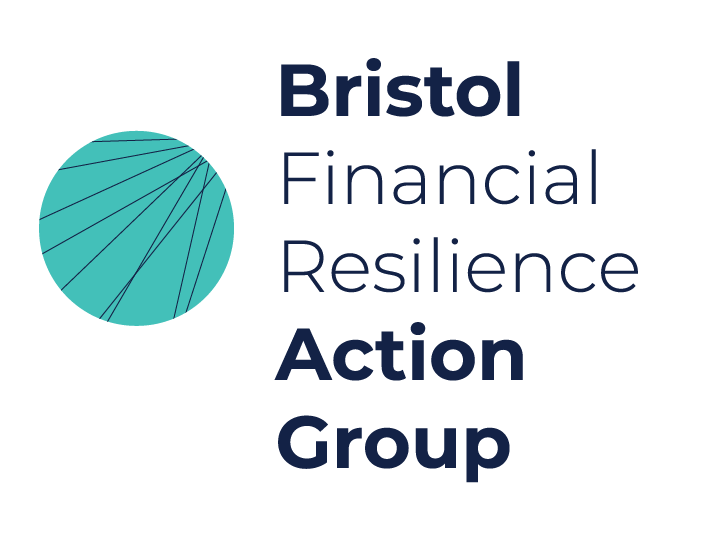Bristol Financial Resilience Action Group Webinar Recordings
This page will be updated monthly with the most recent webinar for the Bristol Financial Resilience Action Group. The course of 12 webinars aims to give you foundational financial education to boost your financial resilience. Throughout the course you will gain insight on understanding debt, smart spending, pensions, protecting your family, and investing.
Use this page to catch up on webinars you have missed or to revise content from previous webinars.

Webinar recordings
Webinar recordings will be added through 2025.